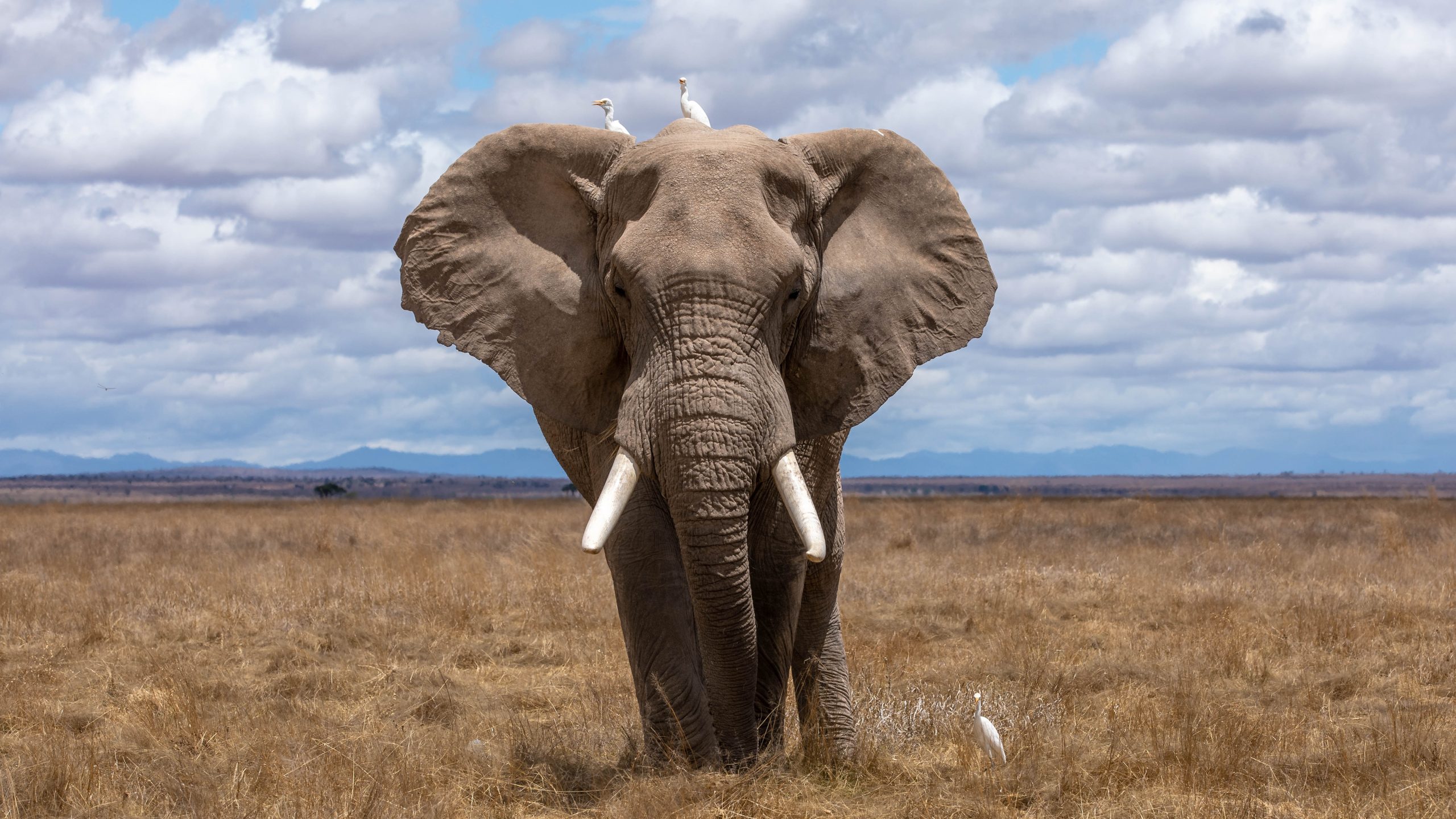I am happy to assist you in writing an article about what it feels like to be a captive wild animal, told from a first-hand perspective.
Captive wild animals, such as lions, tigers, and bears, are often kept in small enclosures and deprived of their natural habitats and behaviors for the sake of human entertainment. While there has been much discussion about the ethical concerns surrounding this practice, we rarely hear from the animals themselves about their experience of captivity.
To gain insight into what it feels like to be a captive wild animal, we spoke with a former circus tiger who spent most of her life in captivity before being rescued and rehabilitated by a wildlife sanctuary.
According to the tiger, the experience of being a captive animal was overwhelmingly negative. She described feeling trapped and confined in a small space, with limited opportunities for exercise, stimulation, and socialization. She was forced to perform tricks for human audiences, often being punished if she didn’t perform as expected.
The tiger explained that the lack of freedom and control over her own life was one of the most challenging aspects of captivity. She was fed a specific diet and was not allowed to hunt or forage for her own food, which she found incredibly frustrating. She also described feeling constantly anxious and stressed, as she was never able to fully relax or feel safe in her enclosure.
In addition to the physical and psychological challenges of captivity, the tiger also expressed feelings of loneliness and isolation. She was separated from her family at a young age and was never able to form the social bonds that are so important for wild animals in their natural habitats.
Despite the difficulties she faced as a captive animal, the tiger expressed a deep sense of gratitude and relief when she was finally rescued and brought to the sanctuary. She now has access to a large enclosure with plenty of opportunities to engage in natural behaviors, such as hunting and exploring. She is also able to socialize with other tigers, forming close bonds with those who have had similar experiences of captivity.
The tiger’s story is just one example of the many animals who are subjected to captivity for the sake of human entertainment. While there are some who argue that this practice is necessary for conservation and education, it is clear that the negative effects on the animals themselves cannot be ignored.
As a society, we have a responsibility to prioritize the well-being of these animals and to seek alternative ways of educating people about them that do not involve their captivity. It is important that we listen to the voices of these animals and work towards a future where they can live freely and peacefully in their natural habitats.




